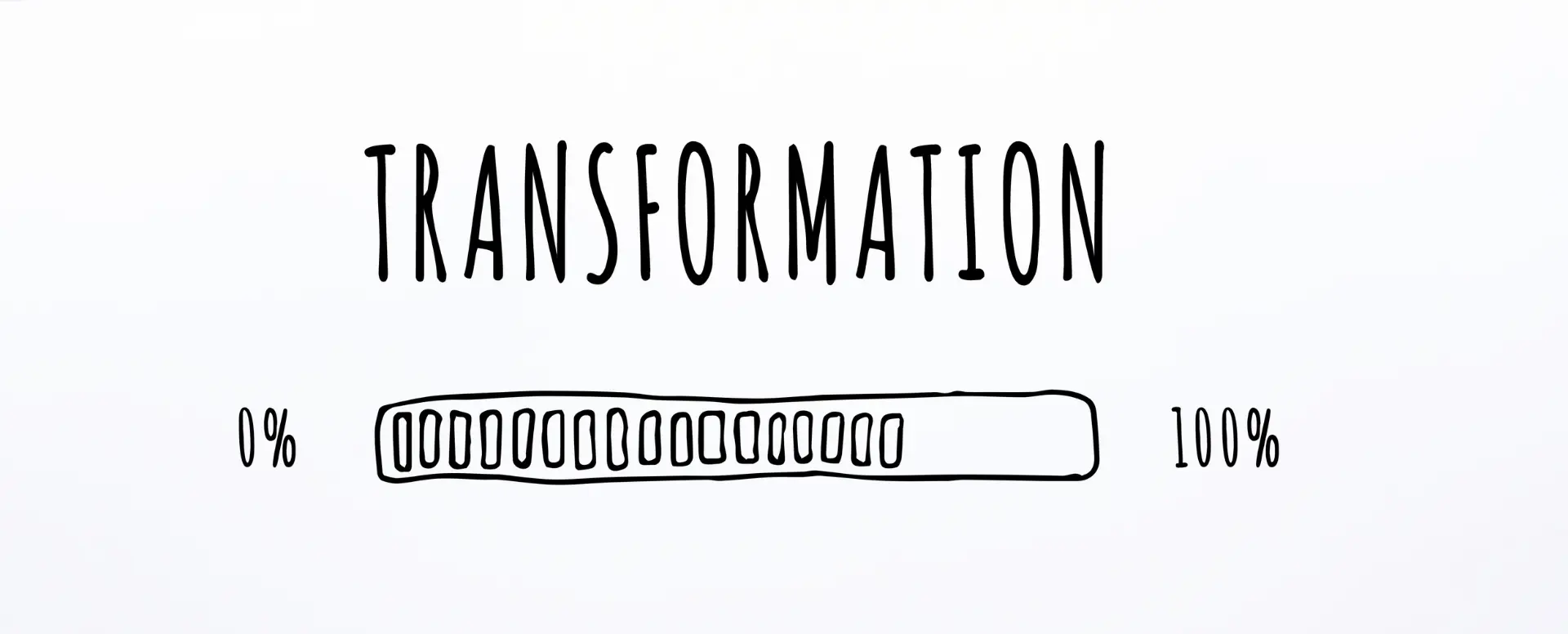Just as remote working isn’t suitable for every organisation, it’s also true of the four-day working week. However, the desire for flexible working options is a trend that is not going away. And with Germany, France, the UK, Switzerland, South Africa and Sweden running trials this year, organisations around the world are starting to take it seriously.
So, what can we learn from these trials? We invited five experts to a LinkedIn Live panel to discuss what it takes for an organisation to successfully switch to a four-day week model. Read on to discover what our experts had to say or watch the session for yourself.
What does a four-day working week look like?
In most of the trials happening around the world, the format seems to be common – 100% pay for compressed or reduced hours. Anne Donou, regional director at von Rundstedt Switzerland, agreed, “The ultimate objective of the four-day week is not to touch salaries, but to reduce or adapt the work.”
Kimy Tran, director at Alixio group, said with compressed or reduced hours, it depends on who you’re speaking to.
“If you’re talking to management, it’s about compressing the activity of five days into four. The unions will ask for four days of work for 100% of the salary. Obviously, there’s a difference of perspective.”
Why aren’t more organisations trialling a four-day week?
Of those organisations that have trialled the four-day week, approximately 90% keep it after the trial is concluded. With such positive results being seen in these trials, what are the roadblocks organisations face that might stop them considering this approach?
According to Tran there are four dimensions to explain this. The first is operational impact. “What does it mean in terms of working with a team rotation? Staffing, production, scheduling, quality of service? Some companies have experienced lower production quality levels as a result.
“The second dimension to consider is financial and economics. Does it make sense in terms of labour and non-labour cost? For example, one company has decided to move into the four-day week to save energy costs on one out of five days.
“The third dimension to consider is quality of work life. Some longer hours may mean more health risks in labour intensive positions, more stress, more accidents and lower productivity.
“The fourth dimension to consider is a management consideration. How do you combine distance working with a four-day week? How do you maintain a link and team spirit? And then personal considerations need to be taken into account – if you have children, you may have problems with childcare or transportation if you’re asked by your employer to stay longer at work. You need to have converging interests to make it successful.”
In Germany there are also legal regulations and, depending on the works agreement, other company regulations or collective agreements can have an impact. Switzerland, on the other hand, is not as regulated but does have legal minimum working hours.
“If you take for example the tertiary sector with services companies, the minimum legal requirement is 42 hours per week and 11 hours rest between two working days. So it becomes very difficult to offer a four-day week, be legally compliant, and at the same time, support people with work life balance,” explained Donou.
“More than 99% of the companies in Switzerland are small and medium size companies with less than 250 employees. It’s very hard to have a common base for everyone,” continued Donou. “It wouldn’t work for the economy and it’s not attractive for all employees. The workload of people increased, and the stress also increased. It can put a lot of pressure on people. We strongly believe that there’s not one model that really fits for all.”
Flexible working, remote or a four-day week?
The other perspective to consider, said Alyson Ainsworth, executive career coach at 10Eighty, is employee mental health. “One of the key reasons the people who took part in the trials wanted to continue were things like lower rates of burnout and reduction in time off and sickness. If you think about the cost to the UK economy, in 2022 it was estimated by the Centre for Health that it was a £300 billion cost in mental health, which is double the size of the NHS budget.”
But according to Clément Baumgarten, a consultant at Alixio group, with so many hybrid or remote roles since covid, adding another form of flexible working can also have a negative impact on social interaction. “Companies that have tested the four-day week are now saying that it’s either the four-day week or remote working because it’s difficult to combine the two aspects.”
And Julia Siems, head of strategic product management at von Rundstedt in Germany, agreed. “Social interaction is a very important part of work life. We’re all social. We need relationships. And if I don’t have any more time for this at work it will change how people interact with each other.”
With all these different points of view, ultimately, flexible working policies like the four-day week, are not a one size fits all offering. It might attract some but not be a great fit for others.
Tran noted, “What we found was that when companies offer the possibility of a four-day week on a voluntary basis, it was more attractive than if you impose it on people.”
Siems said it depends where individuals are in their lifecycle. “If you have kids or take care of your parents or want to study again etc., it really depends on where every individual stands. I think it’s a matter of age, but also life cycle.”
Donou agreed. “It’s a very important criteria for the 35 to 45 age group and less so for Gen Z, who is looking for more flexibility. The 35-45 generation want to work first and then have a day off. Gen Z want each single day to be organised the way they want it and have their freedom. So it would not be the Friday or the Monday, but being able to start at 10, leave at 12, do some sports until three and work at 10 in the evening for example.”
How do organisations go about transitioning to a four-day week?
For our clients, we would recommend a feasibility study: starting with financial, operations and work life considerations; who would be eligible, what is the success criteria and the duration; and finally measuring the impact.
Tran explained, “The feasibility study needs to look at economics, operations, quality of work life and personal interests. We also analyse the impacts; what would change in terms of work schedule, in terms of management, in terms of objective settings.
“Then in the second stage we define a pilot with a scope and approach. What is the population in scope? Which function should be eligible? Who would not be eligible? Would it be on a voluntary basis or not? We then define what would be the operational and organisational way to deploy. It might mean reworking the working cycles. We define a duration for pilots and the objectives by which we would measure whether it is a success or failure. We then try to analyse impacts and risks and criteria for success.
“In the third phase, we implement the pilot. Depending on the functions and the companies, pilots should run for six, nine, or 12 months.
“At the end we measure the impact on productivity, production, service quality, customer and employee satisfaction, work life balance, adoption rates, and impact on management, because the management layer has more work to do to get it organised.”
The customer then decides whether to deploy, adjust, expand or stop the pilot, and whether to change or adjust their HR policies. Tran continued, “Things like, how do you combine remote work policy with a four-day week? Is there any impact on compensation and bonuses? How do you manage and/or reduce the RTT?”
Ainsworth added, “I think we’ve learned a lot since the pandemic about how we’ve had to change and adapt and be more flexible in the way we work. I think we’re still working through some of the outputs that it taught us in terms of best practice for remote and hybrid working.”
Siems suggested it’s about transforming the way you work. “This is a very important factor, it’s a whole change management process the company is going through and within this change management process, all employees need to learn how to work differently, probably more outcome oriented. There’s also the health aspect. If I work longer hours, I need to pay more attention to my health. Another factor is looking at what kind of skills are needed. What could we train or provide to help in this new way of working.”
An organisational change of this scale is a long process and one of the key aspects to get right at the beginning is to define the success criteria. Ainsworth suggested employee well-being, productivity and retention should all be considered.
“For me, it’s looking at well-being vs productivity and how we can learn from that. Also, in the current economic crisis, with widespread job loss, it could be a way of retaining more employees, particularly in the UK.”
Donou agreed. “I think it is very important to understand why companies should implement it. For some it is to increase productivity. For others it’s to increase attractivity or to increase collaboration between people. We’ve seen one in Switzerland where they wanted to increase collaboration between people and to increase the level of motivation. And it works so far!”





